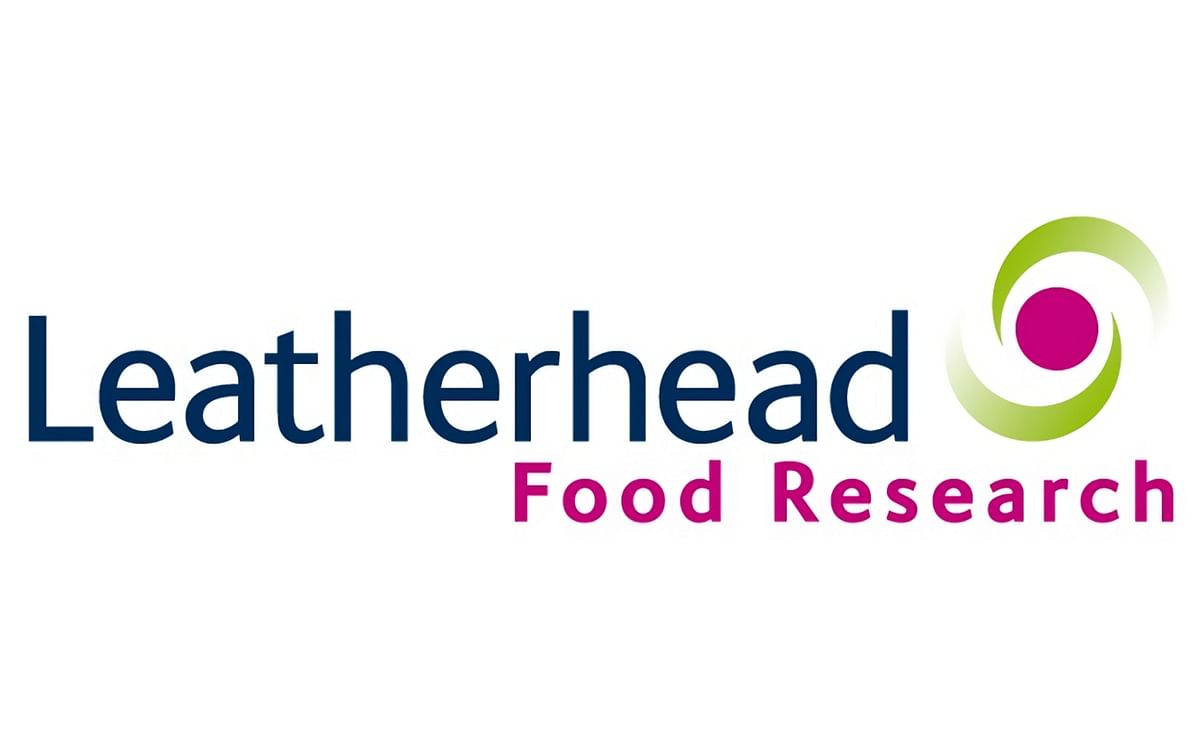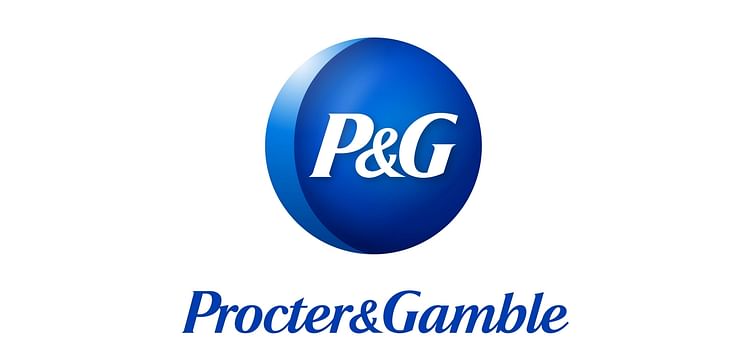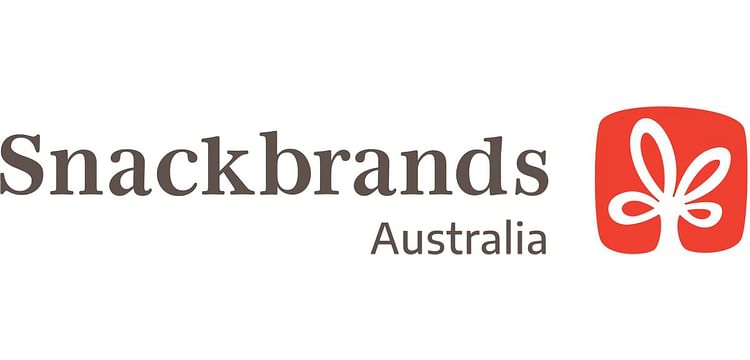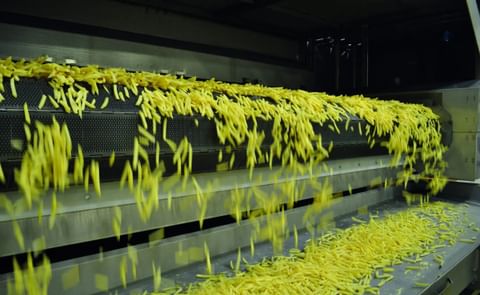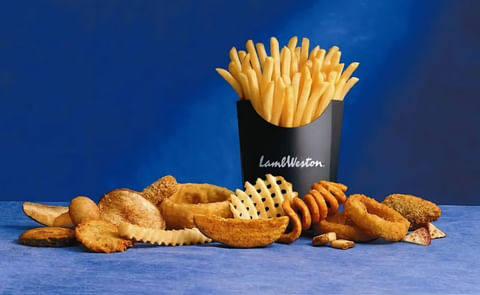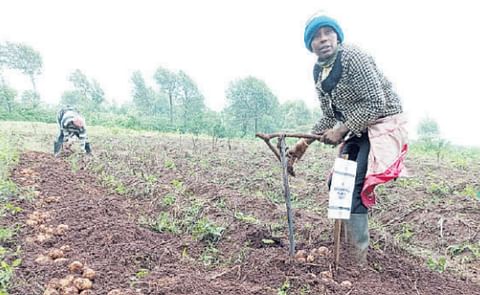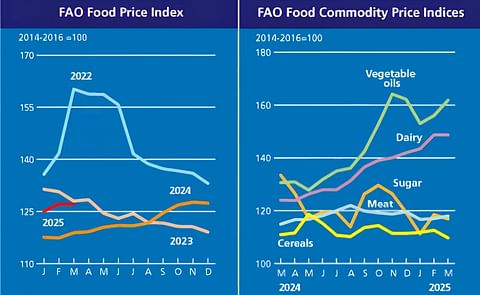Latest research from Leatherhead’s Global Food Markets database suggests that the key food sectors in Australia are weathering the global recession well.
Although there are signs that consumers have begun to economise during the slowdown, many sectors reported strong growth in 2008, with 2009 sales estimates also positive. This is in part due to the fact that total consumer expenditure in Australia has not dropped at the same levels as other major economies. Real private consumption expenditure in Australia grew 2.2% in 2008, with an OECD forecast of 1.3% in 2009 and 1.5% in 2010 (compare those numbers to +0.3%, -1.3% and -0.2% for the Euro area).
Asian influences have been a key trend in terms of flavour development. Soups based on traditional Far East Asian recipes as well as Latin tastes, which are spicy and often incorporate beans and lentils, have proved successful for example. In recent years, Asian savoury snack foods have become more popular, although their level of sales remains modest. Australian consumers have developed a taste for ethnic cuisine, with Indian, south-east Asian, Mediterranean and Latin recipes all proving popular and currently accounting for 75% of ready meal sales.
Since 2007, considerable merger and consolidation activity has taken place in the market-place as the industry moves into a phase of maturity and as many domestic and foreign companies alike are looking to take advantage of opportunities in the Asia-Pacific region as a whole.
As a result several key sectors have become increasingly dominated by a handful of players, for example:
Consolidation in the Australian Food &Drink Industry | ||
| Selected sectors | Top 3 companies market share | Key Players |
| Carbonates (retail sales only) | 88% | Coca-Cola, Schweppes (now under Asahi), Pure &Natural |
| Frozen ready meals | 88% | McCain, Nestlé, Heinz |
| Baby foods | 85% | Heinz, Wyeth, Nutricia/Danone |
| Soups | 84% | Campbells, Heinz, Unilever |
| Chocolate | 81% | Cadbury, Nestlé, Mars |
| Breakfast cereals | 80% | Kellogg’s Nestlé, Sanitarium |
| Dried pasta | 75% | San Remo, Barilla, Rinoldi |
| Fruit juice &drinks | 73% | National Foods/Kirin, Golden Circle, Pure &Natural |
| Coffee | 72% | Nestlé, Sara Lee, Cantarella |
| Ice cream (retail sales only) | 71% | Nestlé, Unilever, Bulla |
| Savoury snacks | 71% | Smiths, Snack Brands Australia, Procter &Gamble |
| Mineral Water | 70% | Coca-Cola, Pure &Natural, Schweppes (now under Asahi) |
| Source: Leatherhead Food Research, Global Food Markets Database | ||

